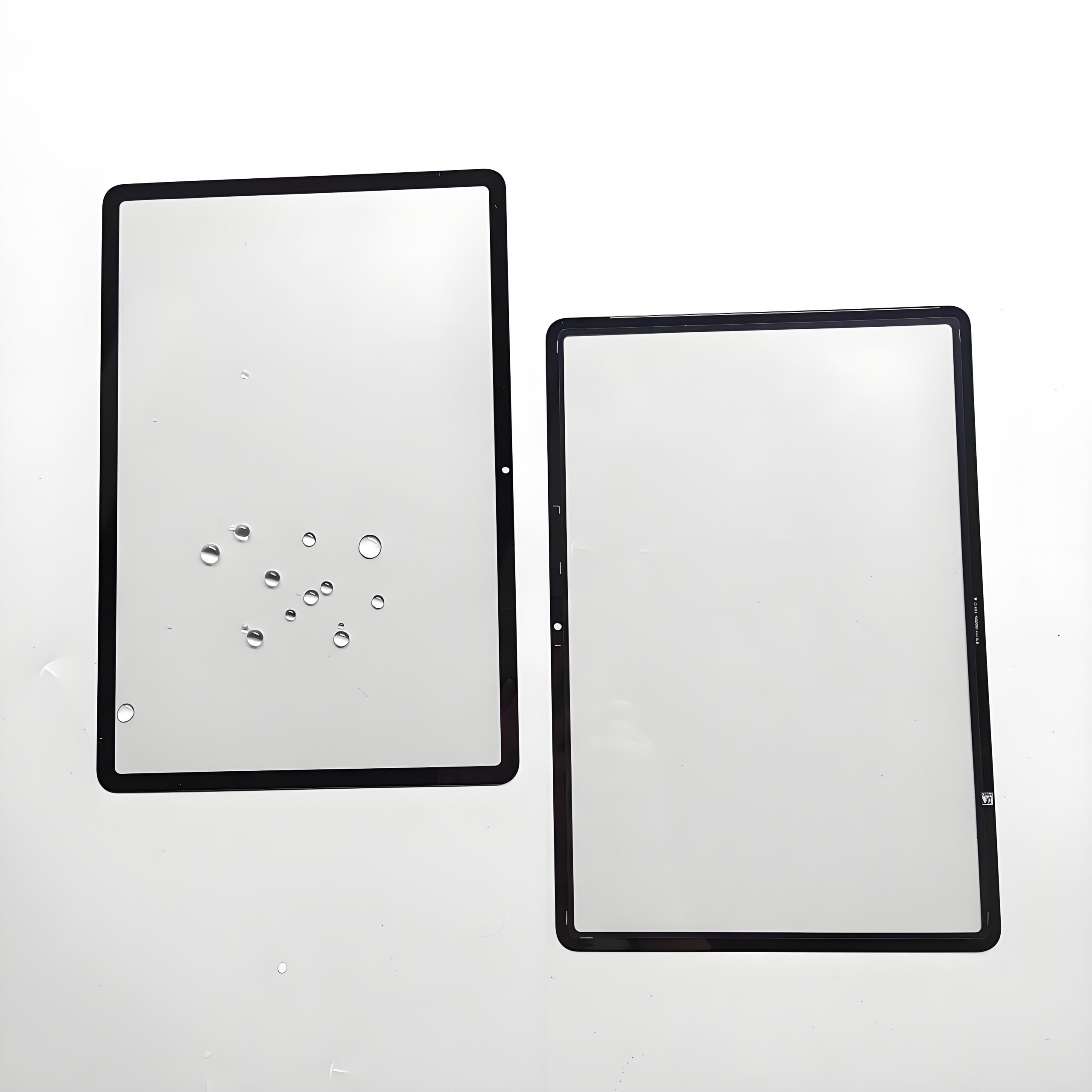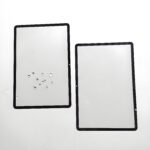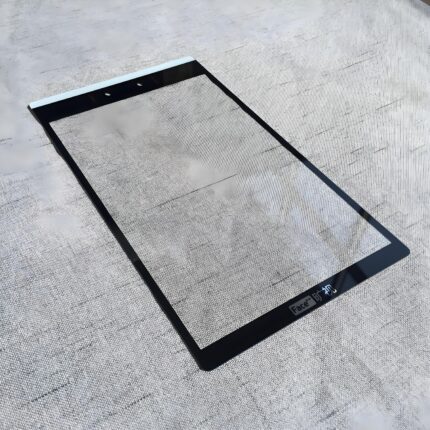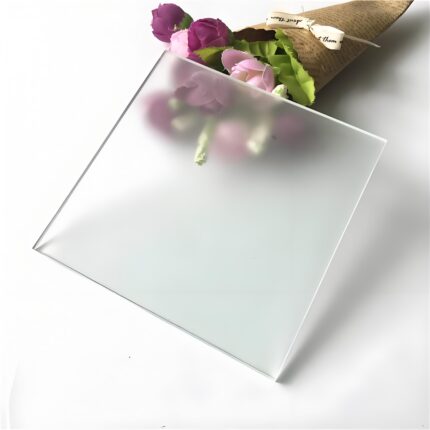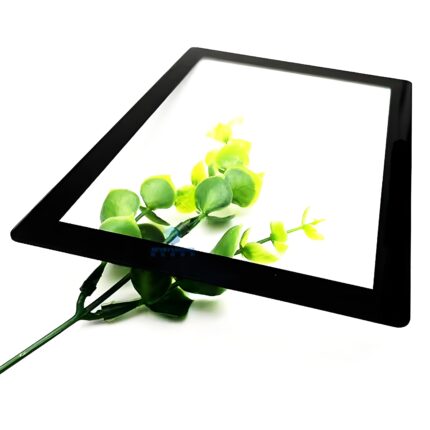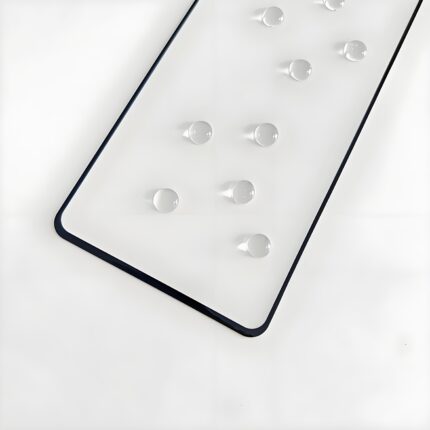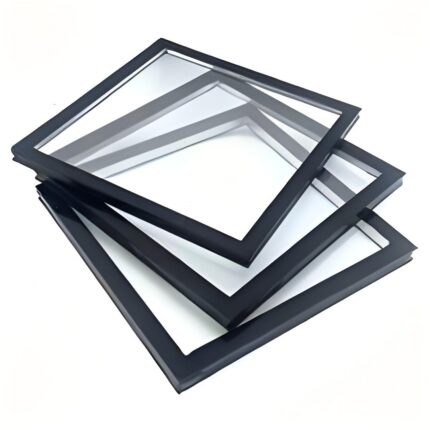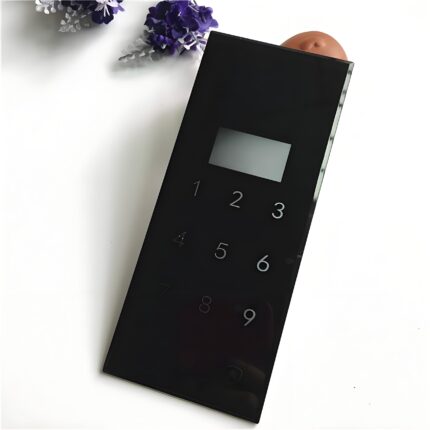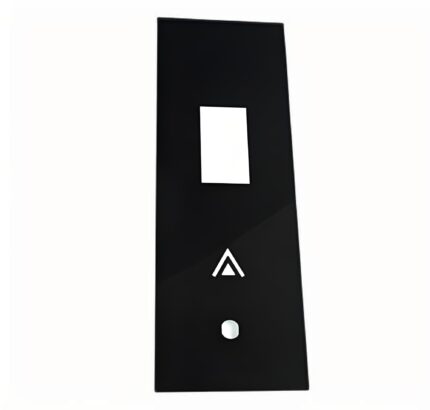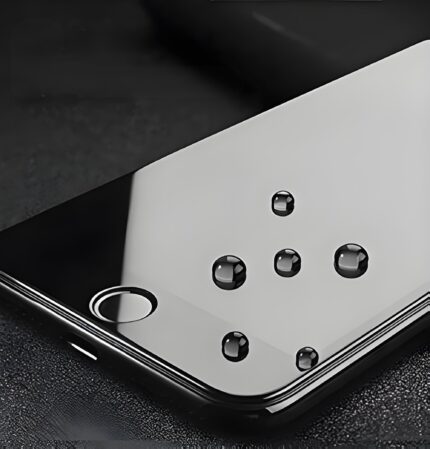Anti-Glare vs Anti-Fingerprint Coatings: Which Cover Glass is Right for Your Device?
Anti-Glare vs Anti-Fingerprint Coatings: Which Cover Glass is Right for Your Device?
Choosing the right cover glass coating impacts both functionality and user experience. Here’s how these two leading options compare:
Anti-Glare Coatings:
-
Reduces reflectivity to <2% for outdoor readability
-
Etched surface texture (0.1-0.3μm roughness)
-
Ideal for: Medical devices, industrial panels, automotive displays
Anti-Fingerprint Coatings:
-
Oleophobic layer repels oils with 80%+ effectiveness
-
Maintains >90% light transmission
-
Best for: Smartphones, tablets, kiosks
Hybrid solutions now combine both technologies:
✓ Matte finish with smudge resistance
✓ UV-cured nano-coatings that last 3+ years
✓ Customizable gloss levels (20-70 GU)
Consider your primary need: visibility in bright light versus maintaining pristine surfaces in high-touch applications.
Anti-Glare vs Anti-Fingerprint Coatings: The Complete Cover Glass Selection Guide
Understanding Cover Glass Surface Treatments
Modern cover glass coatings solve two critical challenges in display technology: controlling light reflection and maintaining surface cleanliness. While standard cover glass provides basic protection, specialized coatings elevate performance for specific applications. The choice between anti-glare and anti-fingerprint treatments depends on your device’s operating environment and user interaction patterns.
Anti-Glare Coatings: Clarity in Challenging Lighting
How Anti-Glare Technology Works
Anti-glare (AG) coatings use microscopic surface etching to diffuse reflected light:
-
Surface roughness: 0.1-0.3μm texture pattern
-
Light diffusion: Breaks up specular reflections
-
Multi-layer AR: Combines with anti-reflective coatings
Performance Specifications
-
Reflectivity reduction: From 8% to <2%
-
Haze increase: Typically 5-15% (matte effect)
-
Gloss units: 20-70 GU (adjustable)
Ideal Applications
-
Medical displays: Critical for surgical environments
-
Industrial panels: Sunlight-readable interfaces
-
Automotive clusters: Reduces driver distraction
Anti-Fingerprint Coatings: Maintaining Pristine Surfaces
Oleophobic Technology Explained
These fluoropolymer-based coatings create an oil-repelling surface:
-
Contact angle: >110° for water, >80° for oils
-
Coating thickness: 5-50nm invisible layer
-
Curing process: UV or thermal treatment
Measurable Benefits
-
Fingerprint reduction: 80%+ less visible
-
Cleanability: Wipes clean with 50% less effort
-
Durability: 10,000+ wipe cycles (ASTM D2486)
Recommended Use Cases
-
Consumer electronics: Smartphones, tablets
-
Public kiosks: High-touch applications
-
Retail displays: Maintaining showroom appeal
Hybrid Solutions: Best of Both Worlds
Combined Technology Advancements
Recent innovations merge both functionalities:
-
Micro-textured oleophobic surfaces: 0.2μm pattern
-
Dual-layer application: AG base + AF top coat
-
Self-healing variants: Scratch-resistant formulations
Performance Characteristics
-
Reflectivity: 3-5% (balanced readability)
-
Fingerprint resistance: 60-70% reduction
-
Light transmission: 88-92%
Emerging Applications
-
Automotive center stacks: Touchscreen visibility
-
Premium laptops: Professional aesthetics
-
ATMs and POS systems: High-use environments
Material Science Behind the Coatings
Anti-Glare Composition
-
Acid-etched glass: Permanent surface modification
-
Silica particle coatings: Adjustable matte levels
-
Plasma treatments: Uniform texture creation
Anti-Fingerprint Chemistry
-
Fluoroalkylsilanes: Durable oil repellency
-
Nanocomposite blends: Enhanced wear resistance
-
Photocatalytic layers: Additional anti-microbial properties
Manufacturing Process Comparison
Anti-Glare Production
-
Surface preparation: Cleaning and activation
-
Etching process: Controlled acid bath immersion
-
Neutralization: pH stabilization
-
Quality inspection: Gloss and haze measurement
Anti-Fingerprint Application
-
Plasma pretreatment: Surface energy modification
-
Dip or spray coating: Uniform fluoropolymer application
-
Curing: UV or thermal crosslinking
-
Performance testing: Contact angle verification
Selection Criteria for Engineers
Environmental Considerations
-
Lighting conditions: High ambient light needs AG
-
Touch frequency: High-touch demands AF
-
Cleaning protocols: Alcohol resistance requirements
Optical Requirements
-
Minimum brightness: AG reduces effective luminance
-
Viewing angles: AG may widen optimal viewing cone
-
Color accuracy: AG can slightly increase ΔE
Durability Factors
-
Abrasion resistance: AG generally more durable
-
Chemical resistance: AF better against oils
-
UV stability: Both require stabilized formulations
Cost and Implementation Factors
Price Comparison
-
Anti-glare: $$ (etching adds 20-30% cost)
-
Anti-fingerprint: $$$ (advanced chemistry)
-
Hybrid: $$$$ (premium solution)
Production Implications
-
Lead times: AG requires additional processing steps
-
Yield impacts: AF coating uniformity challenges
-
Rework options: Limited for both treatments
Future Trends in Surface Treatments
Next-Generation Technologies
-
Dynamic adjustability: Electrochromic glare control
-
Nanostructured surfaces: Biomimetic designs
-
Self-cleaning coatings: Photocatalytic activation
Sustainability Developments
-
Solvent-free formulations: Reduced VOC emissions
-
Longer-lasting coatings: Less frequent replacement
-
Recyclable materials: Easier end-of-life processing


